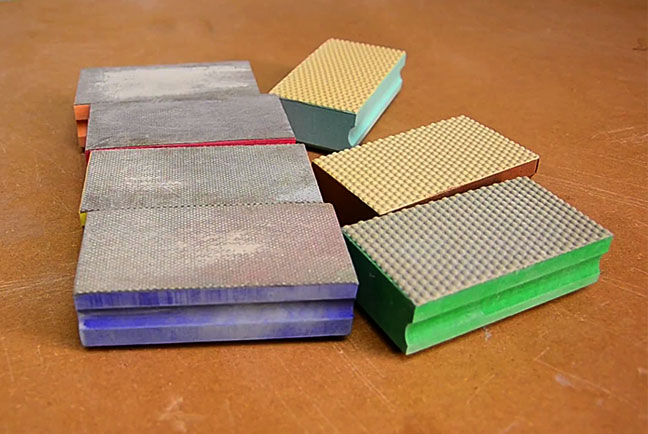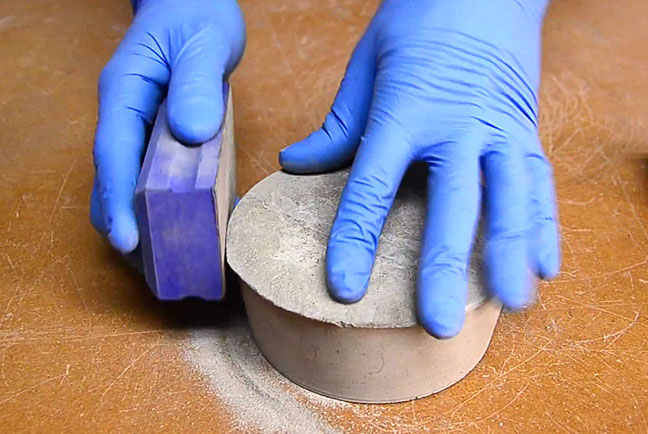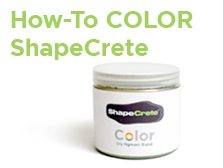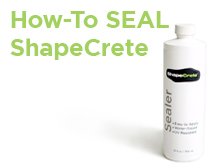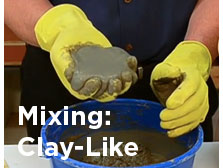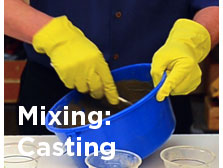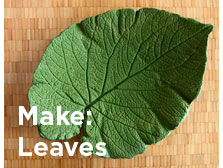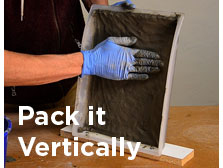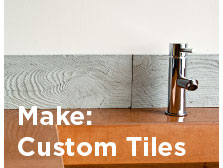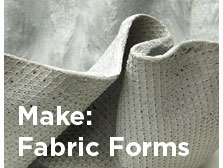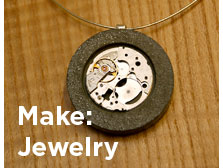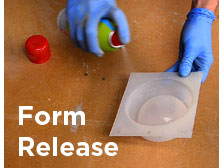Sanding Part I - Hand Sanding
Supplies:
• File / Rasp
• Sanding Block / Sandpaper
• Diamond Hand Sanding Pads (Recommended)
Sanding Part I - Hand Sanding
ShapeCrete can be taken out of the mold the next day. Over the next few months it will continue to get harder and harder, making it increasingly difficult to sand or polish, especially if you don't have the right tools.
When the piece comes out of the mold, there are usually some sharp or ragged edges that need to be sanded down. This is easy enough to do with files and sandpaper. If you wait a few weeks however, these tools will become less effective and you might need to use something like the diamond hand pads shown at the bottom of the page.
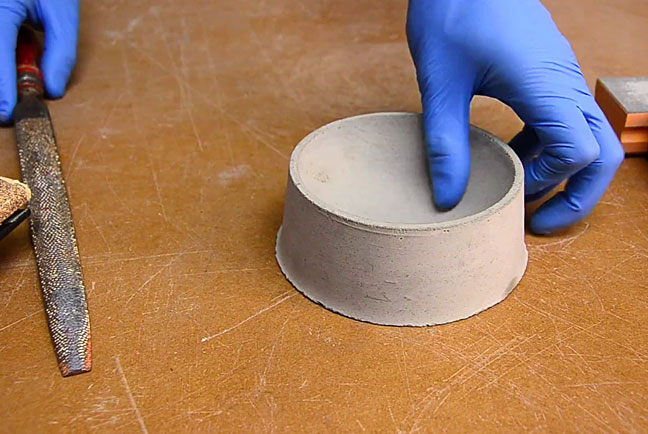
Household Options:
Coarse Files and Carborundum Sandpaper will make quick work of sharp edges. Working up to finer files, or finer sandpaper will help smooth the edges and remove marks from the previous grits.
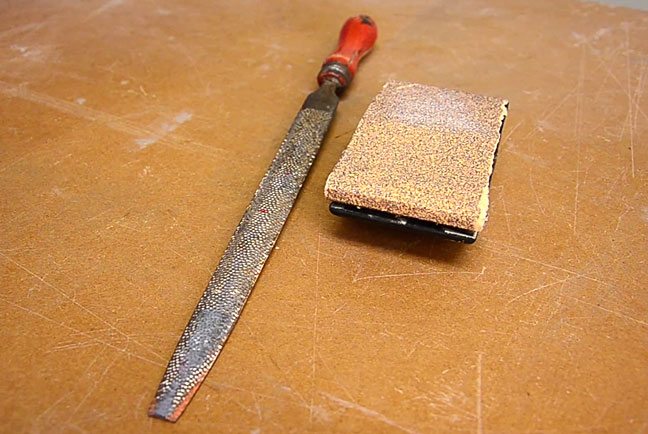
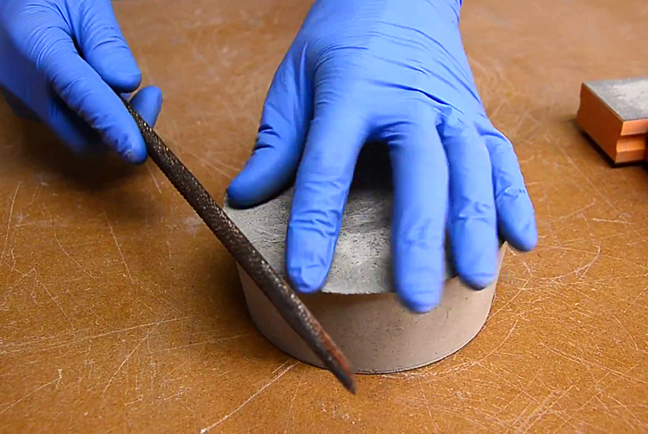
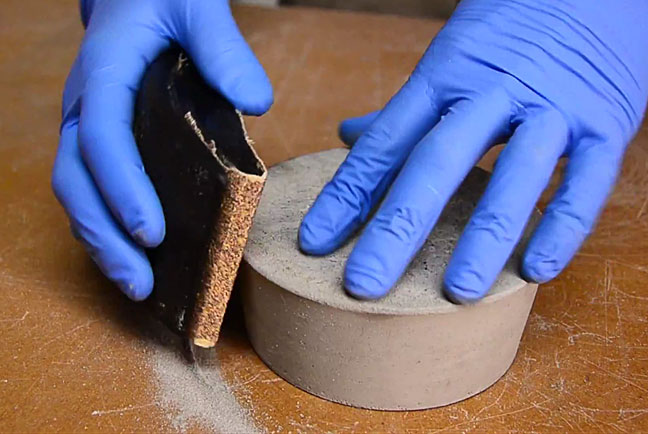
Diamond Hand Sanding Pads:
If you work with stone, concrete, glass, or ceramics, you should have a nice set of diamond hand pads. They can be used wet or dry, and a set typically contains coarse pads (60, 150) all the way up to very fine (2000 grit). The pads we use the most are the 60, 150, and 300. This will get a nice matte finish on the edges.
It is possible to polish a flat surface with these pads, but it's extremely tedious. For polishing a tabletop or countertop you would want to work up to a variable speed concrete polisher, usually water-fed, with a set of polishing pads.
